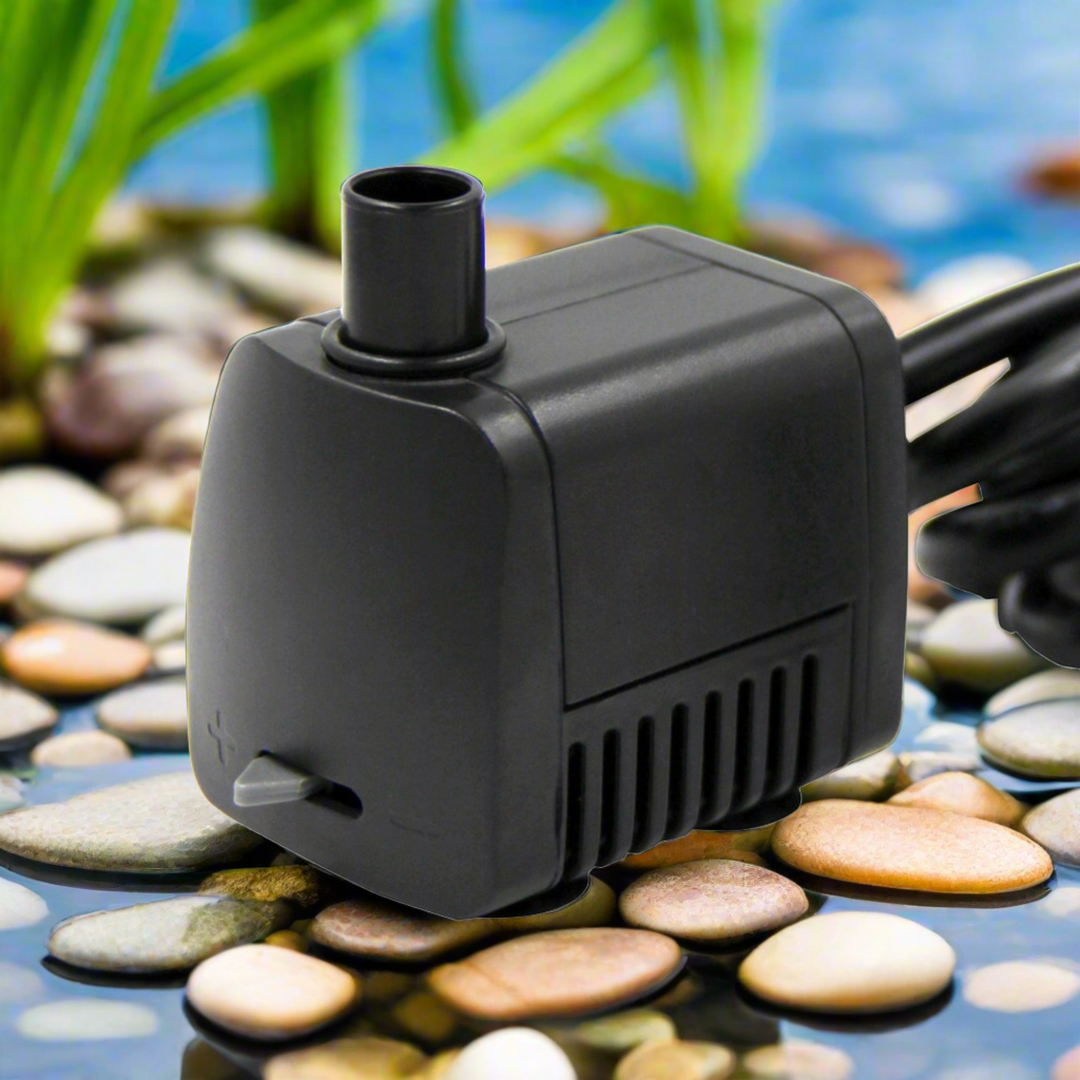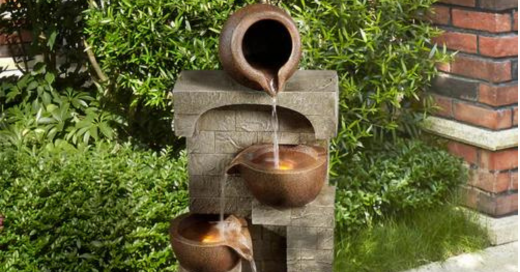Water Pump Maintenance
Five Maintenance Tips for Submersible Pumps
Spending time enjoying the weather may include listening to a fountain trickling in the distance, or water continually spraying upwards in the middle of a pond. It’s the sight of fish swimming in clear water, or watching fruits and vegetables thrive in a small hydroponic setting.
Whatever the case may be, continuing to enjoy these water features includes regular upkeep of the mechanics behind this aquatic magic. And if that includes a submersible pump, we have some tips on maintaining optimal performance and ensuring their longevity.
Like any hardworking machine, submersible pumps might seem like they are running fine, but underneath the surface, neglecting regular (and emergency) care can lead to problems for your entire water feature.

Maintaining residential-sized submersible pumps can be broken down into five areas:
- Visual Inspection
- Water Level Monitoring
- Debris Removal
- Cleaning
- Impeller Check
As with any maintenance jobs, consult the pump’s specific upkeep recommendations and instructions. Before managing the pump, always disconnect it from its power source. For high-powered pumps in commercial-level installations that may require specific electrical connections, leaving some of these steps to professionals.
A simple perseveration routine begins with a visual inspection – are there any obvious signs of damage to the pump, like cracks in the pump body, or damage to the power cable? Has the pump been dislodged and knocked into the side of the tank? If significant cracks or leaks appear, or the power cord has exposed wires or fraying, the pump needs to be replaced.
Another low-effort inspection is water level monitoring. Foremost, a submersible pump should always be completely submerged by a few inches, or it will cause considerable damage. Make note of where the water level is when the pump is running. Shut the pump off and monitor the water level with the pump off. Some water features might have markings on the inside walls indicating the ideal water level range for the pump.
Look for leaks in the body of water and any associated water lines. If your problem isn’t a structural one that can be resolved with repairs and is due to evaporation during the hotter months, or heavy usage of the feature, add more water and if possible, consider moving the feature into some shade (or adding some shade over the water feature).
After you’ve adjusted, monitor your levels closely over the next couple of days to make sure water isn’t leaking elsewhere and that the pump is fully operational. Topping off your water supply is also a simple fix.
Leaving debris on impellers and screens creates a chain reaction of problems for your pump. First, it forces the pump to work harder to move water, reducing efficiency and increasing energy use. This extra strain can also lead to overheating, potentially damaging the motor and shortening its lifespan. Reduced flow also weakens the pump's overall performance, causing issues like low pressure or stagnant water in your system. If left unchecked, any of these problems could culminate in complete pump failure.
Cleaning the pump goes beyond removing debris from screens and impellers. Carefully dismantle the pump – particularly the area including the screen and impeller. With a soft brush or cloth, gently scrub away any accumulated dirt and algae, paying close attention to crevices and the impeller blades. (A 50/50 mix of water and vinegar can be used and is not toxic and safe for the components.) Leave the components to air dry, then reassemble the pump, making sure all the parts fit securely to avoid leaks and malfunctions.
While you are cleaning the pump, it is the perfect time for an impeller check. The heart of your submersible pump, it creates the force that moves water. Impellers can become worn, clogged, or damaged, reducing the pump’s ability to move water effectively, which leads to a decrease in water flow and pressure. Inspecting the impeller frequently for wear, cracks, or loose fittings – which may lead to bigger issues.
By incorporating these five simple maintenance tasks into a routine, you can ensure your submersible pump continues to work behind the scenes of your water feature. A well-maintained pump keeps the water sparkling clean, your pump working efficiently, and adds tranquility and enjoyment to your outdoor space.




